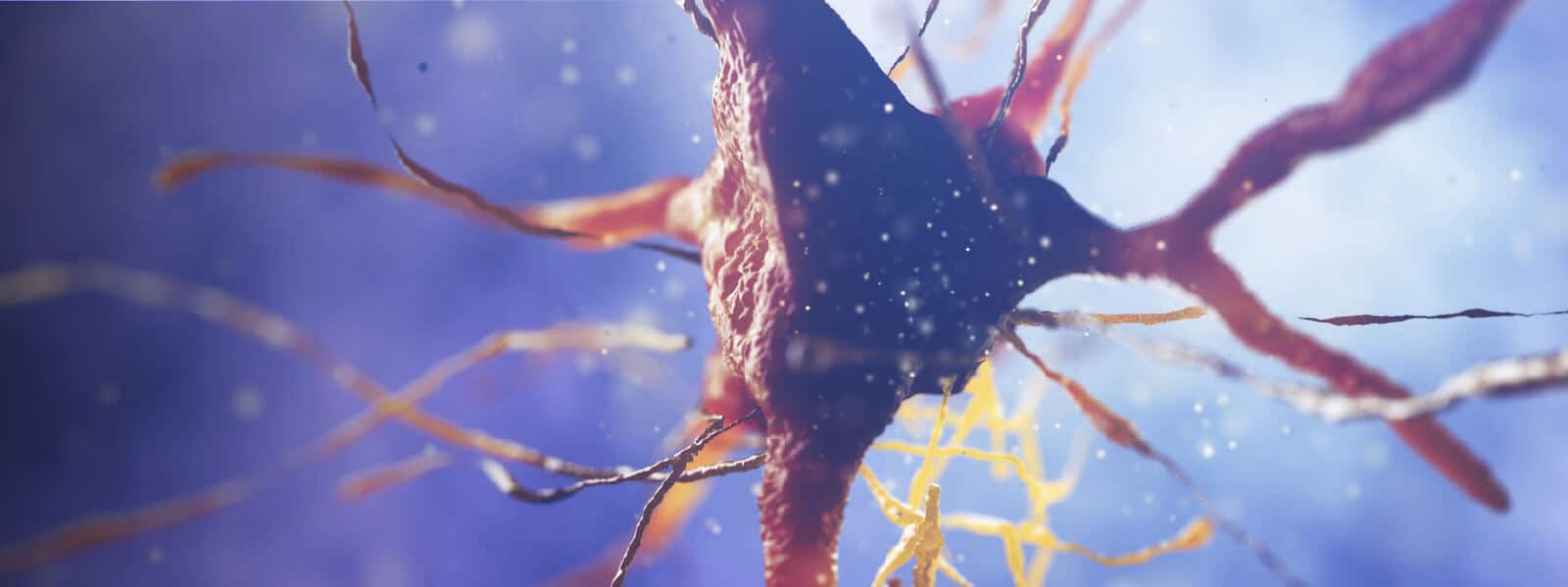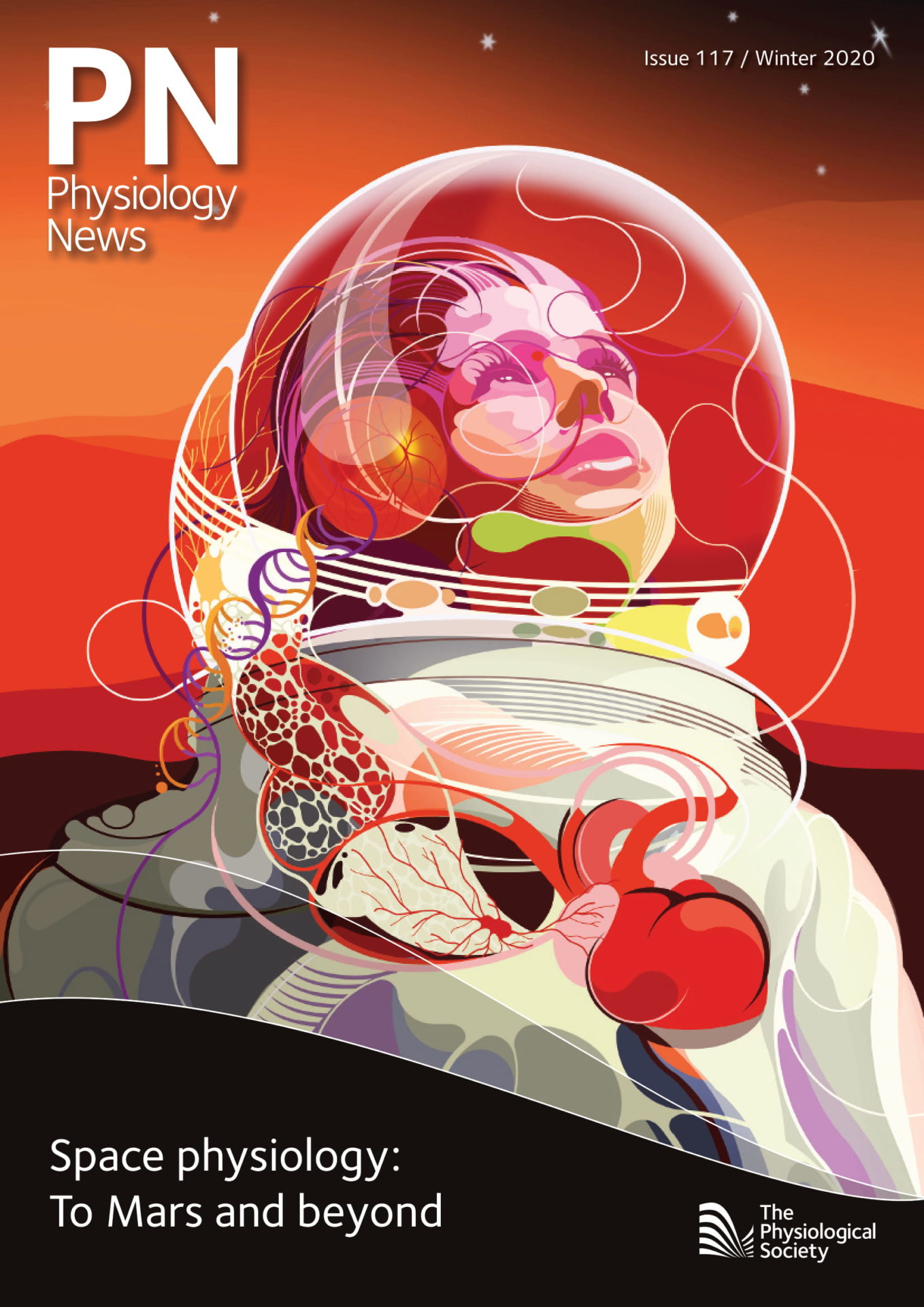
Physiology News Magazine
Letters to the Editor: Arthur John Buller
Letters to the Editor
Letters to the Editor: Arthur John Buller
Letters to the Editor
Stanley Salmons
Emeritus Professor of Applied Myology, University of Liverpool, UK
https://doi.org/10.36866/pn.117.7
Your Autumn issue (PN 116) carried a fine obituary of Arthur J Buller.
Arthur’s seminal work with Jack and Rosamond Eccles in Canberra established the plasticity of skeletal muscle. In the resulting paper1, the role of impulse activity was carefully considered but rejected in favour of a chemical trophic influence of motor neurons innervating fast and slow muscles. This hypothesis gained widespread acceptance and was the dominant paradigm throughout the 1960s. Unsurprisingly, a subsequent attempt in Canberra to demonstrate an effect of impulse activity by applying external stimulation for 10 minutes per day was met with limited success2. It was the development of an implantable stimulator3 that made it possible to stimulate intact fast muscles continuously over a period of weeks, and this revealed unequivocally the profound influence of impulse activity4,5. By postulating that the removal of such activity allows a muscle to return to a default fast state one could counter most of the original arguments for rejecting the role of impulse activity.
There remained one issue, stated in the original Buller, Eccles and Eccles paper:
“It certainly would be surprising if the sharp differentiation of muscles into fast and slow types were affected by such a relatively variable factor as the aggregate number of impulses fired by tonic and phasic motor neurons.” At a meeting in Konstanz in 1979 I introduced the idea that the relationship between activity and muscle type was non-linear, a consequence of which was a threshold for change from one type to the other6. Arthur Buller was in the audience. He greeted me afterwards and fully embraced this explanation, a response that illustrates well his open-mindedness and generosity.
Buller and his colleagues made valuable confirmatory observations of the original effect7. However, it would take a greater variety of experimental approaches (recently reviewed8) to achieve full recognition of the role of impulse activity and to displace the strongly entrenched support for the chemotrophic hypothesis.
References
- Buller AJ et al. (1960). Interactions between motoneurons and muscles in respect of the characteristic speeds of their responses. The Journal of Physiology 150, 417 – 439. DOI: 10.1113/jphysiol.1960.sp006395
- Eccles JC et al. (1962). Further investigations on the influence of motoneurones on the speed of muscle contraction. The Journal of Physiol 163, 324 – 339. DOI: 10.1113/jphysiol.1962.sp006978
- Salmons S (1967). An implantable muscle stimulator. The Journal of Physiology 188, 13 – 14P.
https://www.ncbi.nlm.nih.gov/pubmed/6030506 DOI: 10.1113/jphysiol.1967.sp008150 - Salmons S, Vrbová G (1969). The influence of activity on some contractile characteristics of mammalian fast and slow muscles. The Journal of Physiology 201, 535 – 549. DOI: 10.1113/jphysiol.1969.sp008771
- Salmons S, Sréter FA (1976). Significance of impulse activity in the transformation of skeletal muscle type. Nature 263, 30 – 34. DOI: 10.1038/263030a0
- Salmons S (1980). The response of skeletal muscle to different patterns of use – some new developments and concepts. In: Pette D, ed., Plasticity of Muscle. Walter de Gruyter: Berlin, pp. 387 – 399. DOI: 10.1515/9783110837483-031
- al-Amood WS et al. (1973). Long-term stimulation of cat fast-twitch skeletal muscle. Nature 244, 225 – 227.
- Salmons S (2018). The adaptive response of skeletal muscle: what is the evidence? Muscle & Nerve 57, 531 – 541. DOI: 10.1038/244225a0
